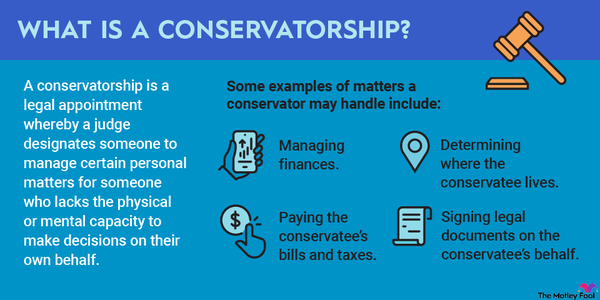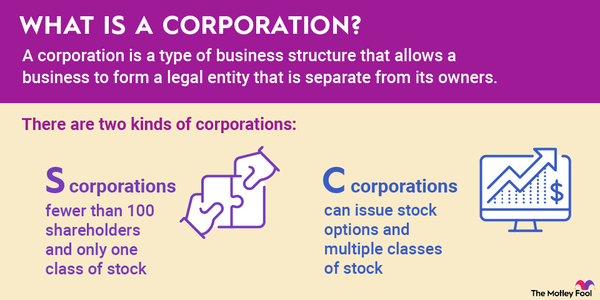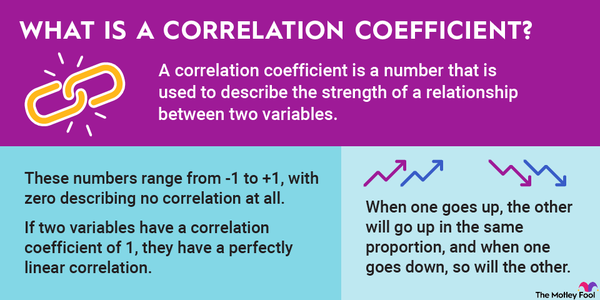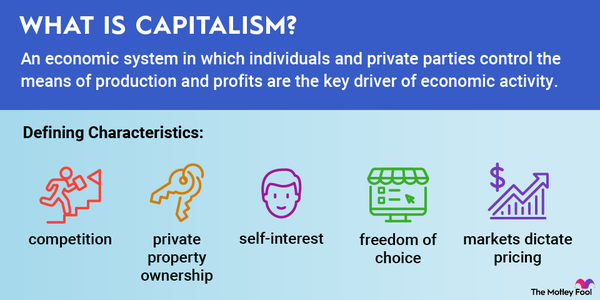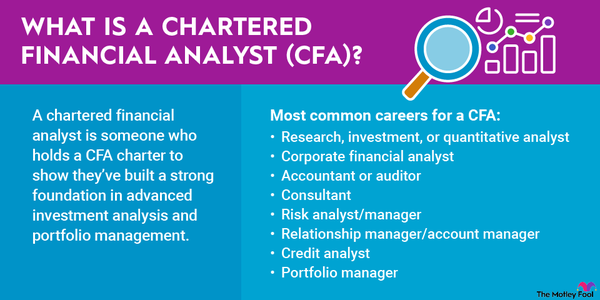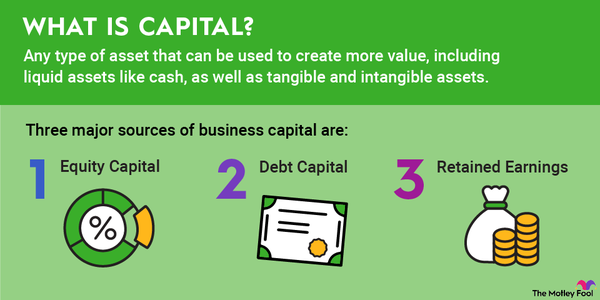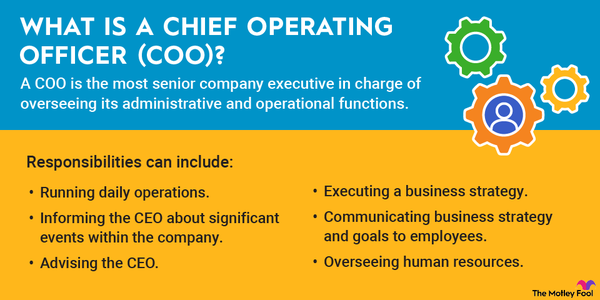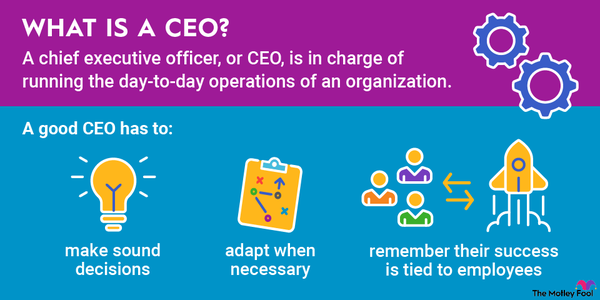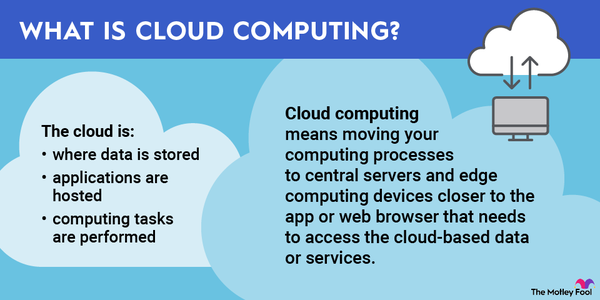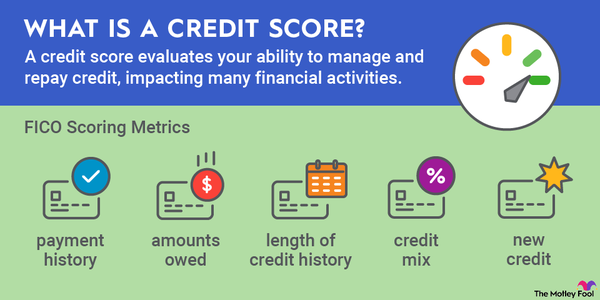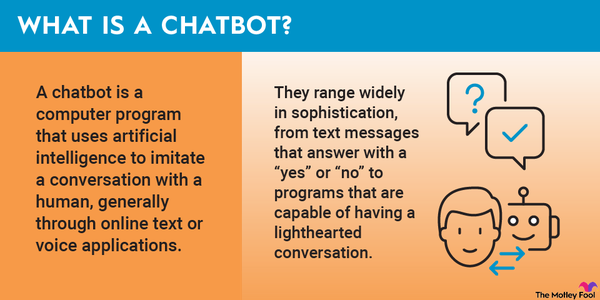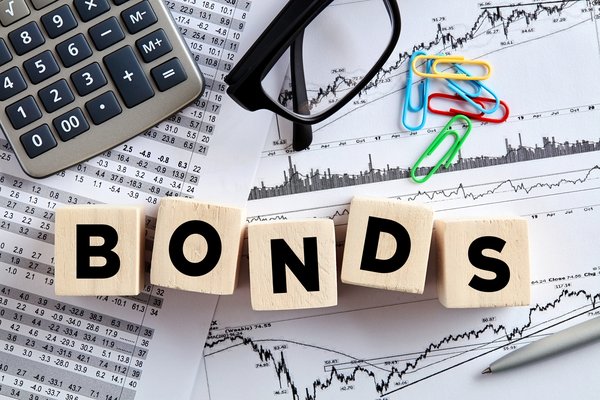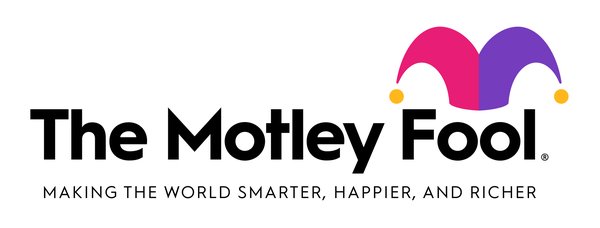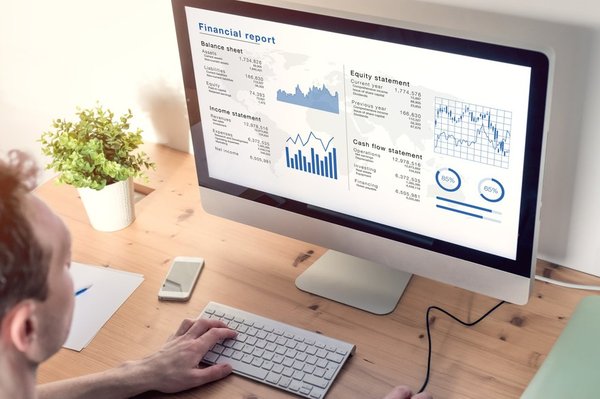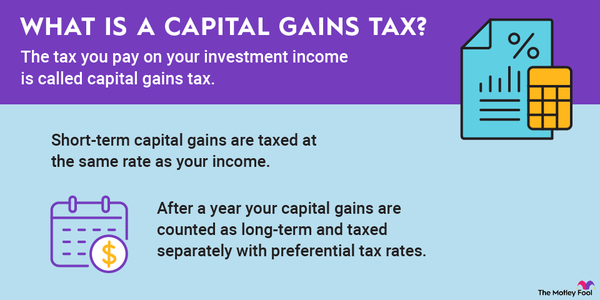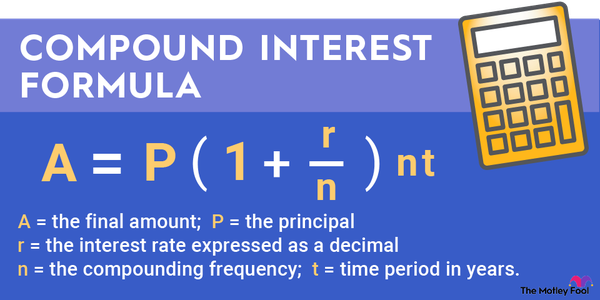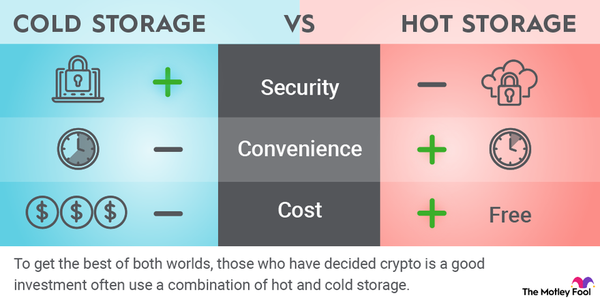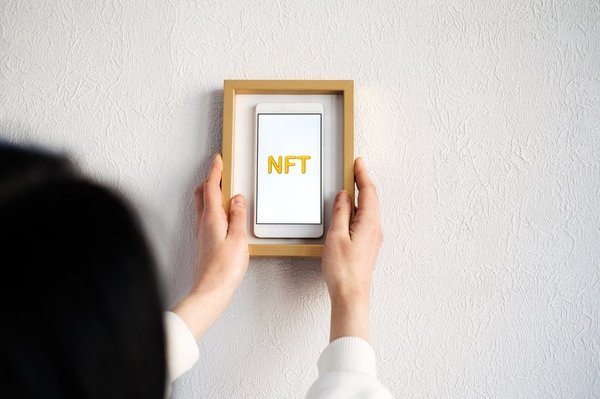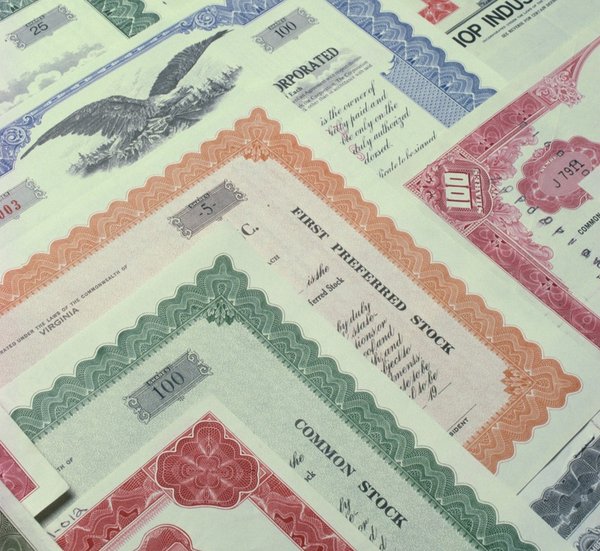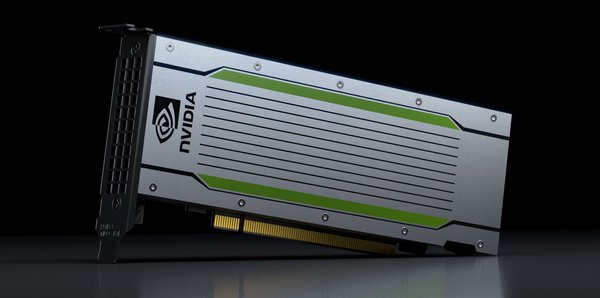Cost per thousand (CPM), also known as cost per mille, is a term used in digital advertising to describe the average price of an advertisement per 1,000 impressions. An impression is when someone sees the ad on a webpage, app, or streaming service. CPM is just one of several pricing options for digital advertising; other options include cost per click (CPC) and cost per action (CPA). Each serves their own purpose.
What is cost per thousand (CPM)?
What is cost per thousand (CPM)?
Cost per thousand is the most common pricing method for digital advertisements, with advertisers paying every time an ad loads on a website, app, or streaming service. The big digital advertising companies, including Meta Platforms’ (META -2.56%) Facebook and Alphabet’s (GOOG -0.27%) (GOOGL -0.22%) Google offer advertisers the chance to bid on ad inventory with CPM pricing.
Advertisers may be able to use certain targeting data to limit the audience that sees their ads, making each impression more effective for their campaign. In that case, however, they’ll usually pay a higher CPM rate than an advertiser that’s willing to show their ad to just about everyone. Still, it may be a more efficient use of their ad budget because they can achieve a higher click-through rate.
Click-through rate measures the percentage of people who saw the ad and decided to click on it. Some advertisers value a high click-through rate; others are merely looking to spread their name and brand. CPM pricing is most valuable for spreading the word, while advertisers seeking a high click-through rate may be more apt to use a different pricing method like cost per click (CPC).
Cost per thousand versus other ad pricing methods
Cost per thousand versus other ad pricing methods
As mentioned, cost per thousand isn’t the only way to price digital advertising.
When an advertiser uses cost-per-click pricing, they’ll only pay the advertising company when someone actually clicks through on the advertisements. This is most useful for advertisers that are trying to get people to visit their website or product page.
An advertiser using cost-per-action pricing only pays an advertiser when an ad converts into a product sale, email signup, app installation, or a number of other desirable actions. Measuring these conversions has become increasingly difficult amid crackdowns on tracking user activity across apps, but it remains viable for some ad tech companies on some platforms while others use sophisticated models to estimate conversions where they’re not explicitly measurable. Cost-per-action pricing is best used when an advertiser gets a lot of value from a conversion, but not much value if an ad impression doesn’t convert.
Cost per thousand is best used for branding campaigns. A company that merely wants to get in front of customers, like Coca Cola (KO 1.3%), may run a campaign and pay per thousand impressions. The company is not expecting customers to click on the ads and learn more and buy its product online (but it wouldn’t complain if they did). It wants to remind consumers of the products it sells, so next time they’re in the grocery store, they pick up a case of Coke.
What investors need to know about CPM
What investors need to know about CPM
If you invest in tech companies that derive most of their revenue from advertising, CPMs will play an important role in ad revenue.
A company that can produce high CPMs relative to its peers exhibits pricing power, indicating a competitive advantage. That competitive advantage may be that it has better data, allowing it to target its advertisements better and making each impression more valuable. It may also be that it has a broader audience, which attracts the biggest advertisers looking to reach the most people, where they may not bother advertising on smaller platforms. Two companies with both of those advantages are Meta Platforms and Alphabet’s Google.
Paying attention to ad pricing at Meta Platforms
Paying attention to ad pricing at Meta Platforms
Meta Platforms reveals changes in its average price per ad impression during its quarterly earnings calls. Management will also provide some insight into the factors affecting its average ad pricing.
For example, when the social media company started showing ads in Reels, its short-form video format, it had a negative impact on its average cost per thousand impressions. That’s because it hadn’t yet figured out targeting and advertisers hadn’t quite figured out the best way to use the format for ad creatives.
Other factors affecting Meta’s ad pricing include faster growth in regions like Asia-Pacific and the Rest of the World categories, which don’t command the same ad prices as more developed regions like the U.S. and Canada. Additionally, fluctuations in demand as the economy grows faster or slower will have an impact on Meta’s average ad pricing, along with everyone else in the advertising industry. If fewer marketers are spending less money on ads, prices must come down if supply remains roughly the same.
Paying attention to these factors and understanding cost per thousand (CPM) can help you become a better investor in digital advertising stocks.







